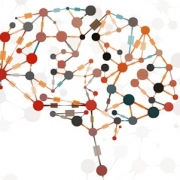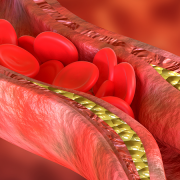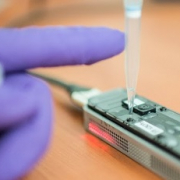What is functional genomics?
‘Functional genomics’ is a phrase that crops up frequently in discussion around genomics, but what does it actually mean?
The NHS board paper on the legacy of the 100,000 Genomes Project and integration into the government’s personalised medicine strategy says:
“There is a… need to procure [whole genome sequencing] provision and its annotation, together with other elements of the functional genomics pathway to understand the expression of a genetic mutation within an individual as part of a comprehensive genomic diagnostic service for the NHS and to guide personalised treatments and interventions.”
Regular readers of this blog will know that genetics is concerned with heredity – whether and how traits are passed from one generation to the next – and that genomics is the study of the whole genome, including genes, and the implications of alterations in the genome on health or disease.
So it’s clear that genomics performs an important function within healthcare. Does that mean that all genomics is ‘functional’?
A dynamic approach
In fact, the phrase ‘functional genomics’ is defined as the study not just of the genome itself, but also its products – the RNAs and proteins that are encoded for in the DNA – including how they are controlled and how they interact with each other.
In other words, whereas genetics tends to look at single genes in isolation and genomics considers the whole genome, functional genomics goes further still: it tries to unravel how the genome contributes to health and disease in the complicated environment of our bodies and cells.
Another way to look at it is that genetics is more of a static approach, reflecting the fact that we each receive our genetic make-up at conception and that (barring somatic alterations) we keep it for life. However, which genes are switched on and off and which proteins are being made are things that differ between cell types and between stages of life, as well as in response to environmental factors. Functional genomics attempts to capture this complexity.
All these factors can affect the relationship between phenotype and genotype, and thus how disease presents in a patient. Understanding these dynamics can lead to increased accuracy in diagnosis and better targeted treatments.
Back to omics
Functional genomics encompasses studies of gene regulation including epigenetics (which genes are switched on or off), transcription (how DNA is copied into RNA), and translation (how RNA acts as a template for proteins to be assembled).
Because of this, functional genomics is closely linked to transcriptomics, proteomics and epigenomics. You can read more about these ‘omics’ here.
Using the large datasets generated by whole genome and whole transcriptome sequencing, functional genomics can explore how expression of a gene changes in the context of disease, and how this is affected by treatment.
These considerations include when and where genes are expressed, how variability in expression between different cell types is controlled, and gene regulation – including location and activation or inactivation of promoter sequences in the genome.
A functional genomics approach can also help improve understanding of the functions of specific genes, and their place in cellular processes. Examining the interaction of genes with gene products (RNAs and proteins), and the interactions that these gene products have with one another, can bring insight into how diseases develop, potentially leading to new strategies for disease prevention, interventions and management.
–









